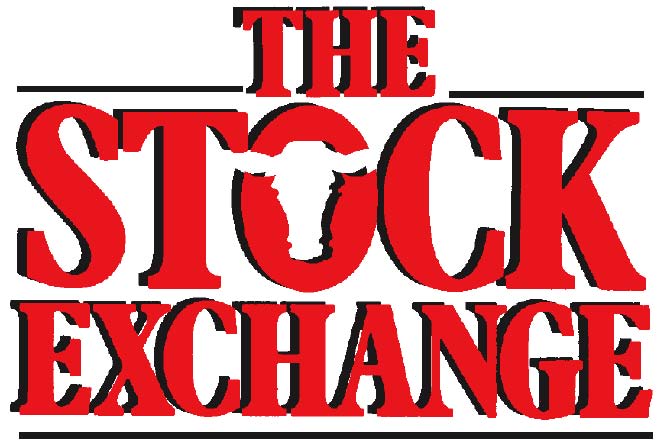Controlling Horn Flies on Pastured Cattle
Dave Boxler, Nebraska Extension Educator Understanding the horn fly’s habits, life cycle, impact control methods and products will help design an effective control program. Photo credit Dave Boxler. With temperatures starting to warm, fly season is not far away, and now is the time to evaluate your 2021 horn fly management plan. Was your fly management program successful last year? If the answer is no, what were possible factors that might have directed…
